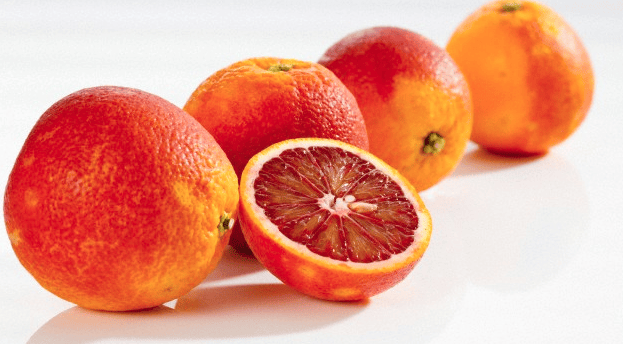A really wonderful juicy fruit that is sometimes under used because of its colour , but it is a really delicious fruit that can be used in many recipes and dishes .. so I wanted to find you a recipe that I think you will love to make this blood orange marmalade it is so easy to make in just 15 minutes
As you will see from the recipe you can use other oranges as well
This great recipe has been brought to you by Abel & Cole on YouTube and on the website abelandcole.co.uk, thanks for sharing it with us
Here below is the ingredients you will need and the video tutorial to watch
Ingredients
- 1-2 oranges (or 2-3 clementines – or any citrus you fancy trying)
- 4 tbsp clear honey
There is a written recipe on :http://www.abelandcole.co.uk/recipes/15-min-marmalade
Information about the blood oranges

A little history: Because the orange tree can simultaneously produce flowers, fruit, and foliage, these succulent fruits have long been associated with fertility. Although some are grown in California, most blood oranges come from Mediterranean countries (Southern Italy in particular) and are often considered to be among the finest dessert oranges in the world.
What they look like: They sport a thin, red-blushed orange skin, with flesh that ranges in color from pink to brilliant red to burgundy; taste-wise, they’re tart-sweet and slightly berry-like.
Selection tips: Pick those that are firm to the touch and heavy for their size. Although bits of green and rough, brownish areas on the skin have no effect on flavor or quality, do avoid any fruits with mold or spongy spots. Note: One pound equals about three medium oranges and one cup of juice.
Storage tips: To keep these ruby gems fresh longer, choose refrigeration over the fruit bowl―they’ll only last only a couple of days at room temperature, but up to two weeks in the fridge.
How to eat them: Blood oranges are best eaten fresh―out of hand, or in salads, salsas, or marmalades. If you’re following a recipe you may be asked to section the fruit. To do so, peel the orange, cut between the white membranes to expose the flesh, and remove the sections (for more juice, squeeze the leftover membranes).
Peak growing season: The two most popular varieties are the dark-fleshed Moro and the delicately flavored Tarocco. The former is available from December to March, and the latter from January to May.
Health benefits: Oranges are rich in antioxidants―vital for healthy cells―including vitamin C, which aids in healing, boosts your immune system, helps your body absorb iron, and even helps reduce the risk of cancer. This citrus fruit is also a good source of fiber, which helps lower cholesterol and, like vitamin C, reduce your cancer risk. (To maximize your fiber intake, be sure to eat some of the spongy white pith right under the skin.)
Nutritional info: One tasty, medium-sized blood orange will provide you with 70 calories, 3.0 grams of fiber, 1.0 gram of protein, and no fat, sodium, or cholesterol.
This great information about the blood orange is brought to you by cookinglight.com website



